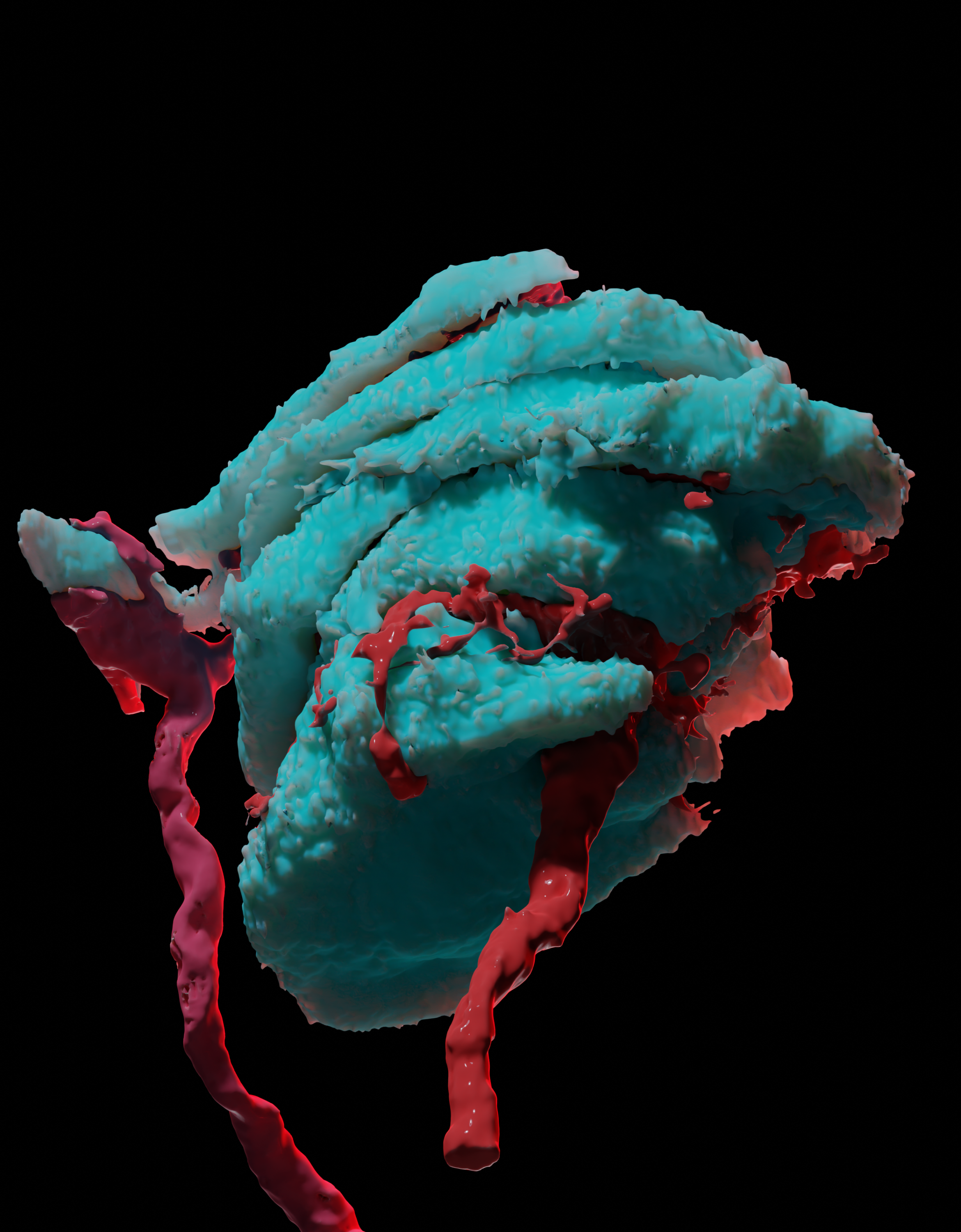How do we detect touch? Touch is as important as vision, hearing, or smell, but of all senses, its mechanism is the one we understand the least. In a study published September 13 in Science Advances, a collaborative team of Yale researchers reveals both the 3D architecture and the mechanism of the groups of cells that act as touch detectors.
Touch is known to be detected in the skin by specific groups of cells, or micro-organs, called mechanosensory corpuscles. “One of them, the Meissner corpuscle, helps us detect very fine textures and vibrations, which are very important for all aspects of everyday life,” said Slav Bagriantsev, PhD, associate professor in the Department of Cellular & Molecular Physiology at Yale School of Medicine and co-senior author of the study together with Elena Gracheva, PhD, associate professor in the same department and of neuroscience.
Meissner corpuscles contain two principal elements: lamellar cells and nerve endings. How corpuscles’ different components are organized relative to each other remained unknown. For an answer this question, the team used a cutting-edge electron microscopy technique at the Yale FIB-SEM Core. Further, Yury Nikolaev, PhD, postdoctoral fellow in Bagriantsev’s lab and co-first author of the study, used machine learning to obtain the first ever three-dimensional high-resolution structure of a Meissner corpuscle. The team revealed that, surprisingly, a single corpuscle is comprised of several lamellar cells and not one but two nerve endings.
The researchers also sought to understand how the corpuscles’ different components communicate. “The overarching discovery is that lamellar cells can detect touch and then communicate that information to the nerve endings,” said Luke Ziolkowski, graduate student in the Interdepartmental Neuroscience Program and co-first author of the study.
The textbooks would say that the neuronal ending is the touch detector, but what we show is that lamellar cells also contribute to touch sensation.
Yury Nikolaev, PhD
The team hopes to take these findings further, wondering if the bicellular mechanism of the Meissner corpuscles could be generalized to other types of touch corpuscles.
“Potentially, this research will inform the development of tactile sensors for next generation of prosthetics,” said Bagriantsev.
The study is one of the first large multicellular structure reconstructions using enhanced focused ion beam scanning electron microscopy (FIB-SEM). The microscopy images were collected and reconstructed in collaboration with Song Pang, MS, director of Yale FIB-SEM Core, and C. Shan Xu, PhD, professor of cellular & molecular physiology. Slav Bagriantsev, PhD, associate professor of cellular & molecular physiology, and Elena Gracheva, PhD, associate professor of neuroscience and of cellular & molecular physiology (Program in Cellular Neuroscience, Neurodegeneration and Repair, and Kavli Institute for Neuroscience), are senior authors of the study.
